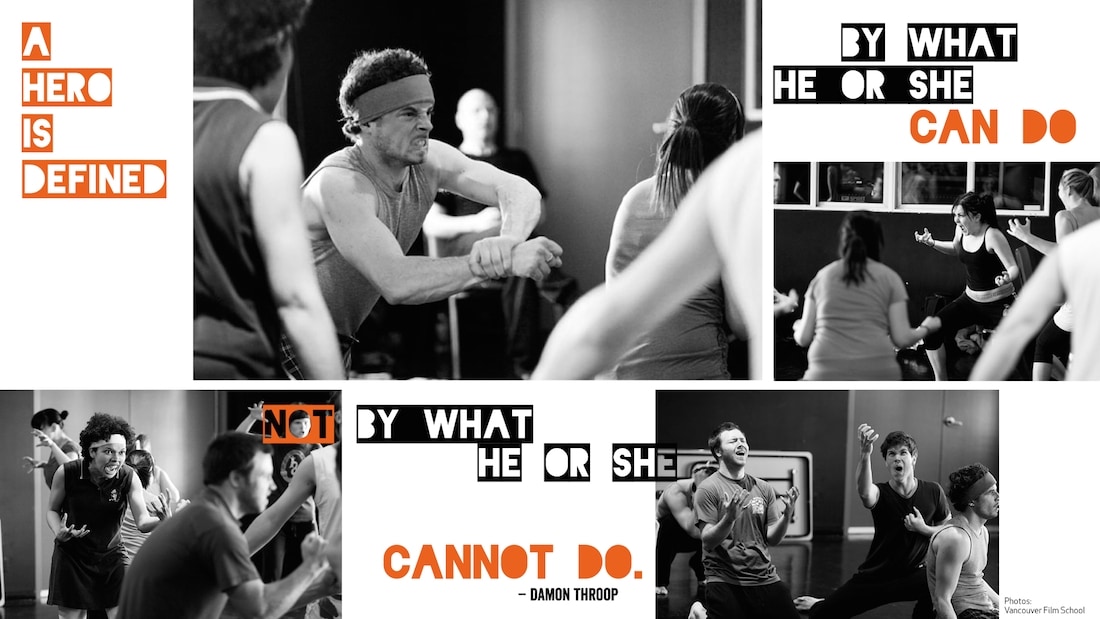How to find out whether you’re doing it?
Conductor Benjamin Zander has a simple rule to find out:
“When their eyes are shining you know you’re doing it.” – Benjamin Zander
I have adopted that rule from the moment I first saw his great TED talk and it has served me really well ever since.
The moment that people see order from chaos, that they see the path that was there all along, yet hidden in darkness, that moment is often exactly when their eyes start shining.
When you’ve experienced that moment with your clients, your audience, your children or anyone else even once, there can only be one conclusion for any further conversation that you’re going to have:
“Who am I that their eyes are not shining?” – Benjamin Zander

